View of Ogimachi Village from Shiroyama Viewpoint
Wada House – village leaders from Edo period
Admission to Wada house: 300 yen. Open: 9.00 to 17.00.
Shirakawa-go is a UNESCO world heritage site . It lies between Takayama and Kanazawa (our next stop). Shirakawa is about 50 minutes by bus from Takayama. The Toyama Farmhouse 15 minutes away.
Gassho-zakuri homes – a-frame houses
Gassho-zukuri homes – roof r e-thatching – a village ‘Yui’
Ryokans and Minshukus – accommodation in the villages
Some of the “gassho-zukuri” a-frame homes are now restaurants, minshukus or ryokans. A ryokan is a traditional Japanese Inn, originating in the Edo period to give travelers comfortable accommodation and meals. They feature tatami matted floors,communal baths and a public area where visitors may wear Yukate (a kimono for casual wear) ,and talk with the owner or other guests at the inn. A minshuka is more like a bed and breakfast with a room in a private home and shared bathroom facilities.
Related Posts:
- Sensoji-Asakusa Kannon Temple
- The Kabuki Theatre
- Half Day Tokyo Tour
- Tokyo Japan travel to Nikko
- Toshogu Shrine Japan
- Nikko-Lake chuzenji & Kegon Waterfall|Tokyo-Japan-travel
- Mt-fuji-lake-ashi-komagatake-ropeway-japan
- What is an Irori,what is a jizai kagi Takayama gifu province Japan
- Takayama festival floats-matsuri festivals-gifu province japan
- Two headed monster-Sakurayama Hachimangu Shrine-Takayama-Gifu Province
- Hida hotel-Plaza | Farmers Market Takayama Japan
- Sugidama Sake breweries – traditional shops Takayama Japan
- 450 year old cherry blossom trees scenic Miboro dam Takayama
- The old Toyama family farmhouse Shirakawa-go
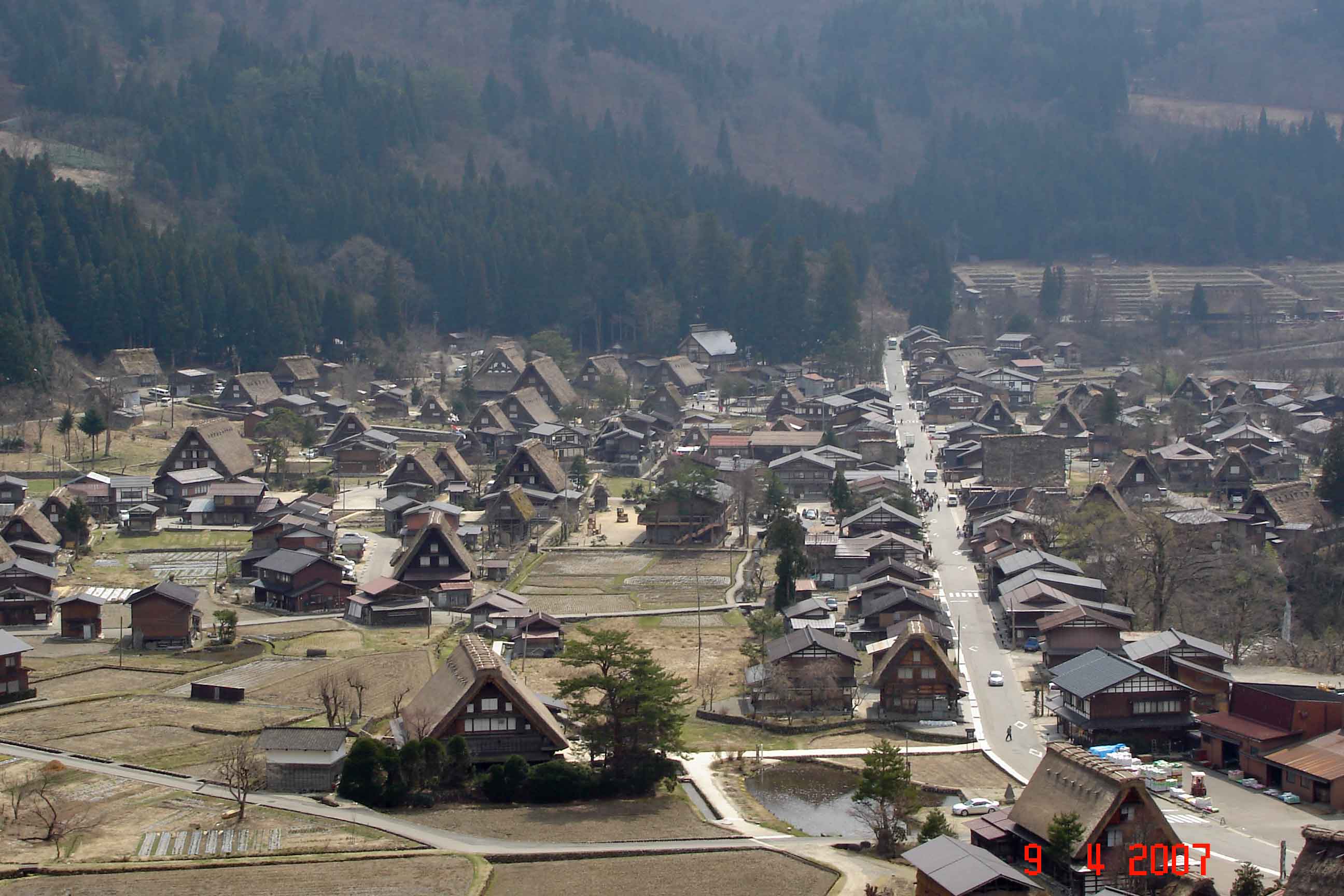
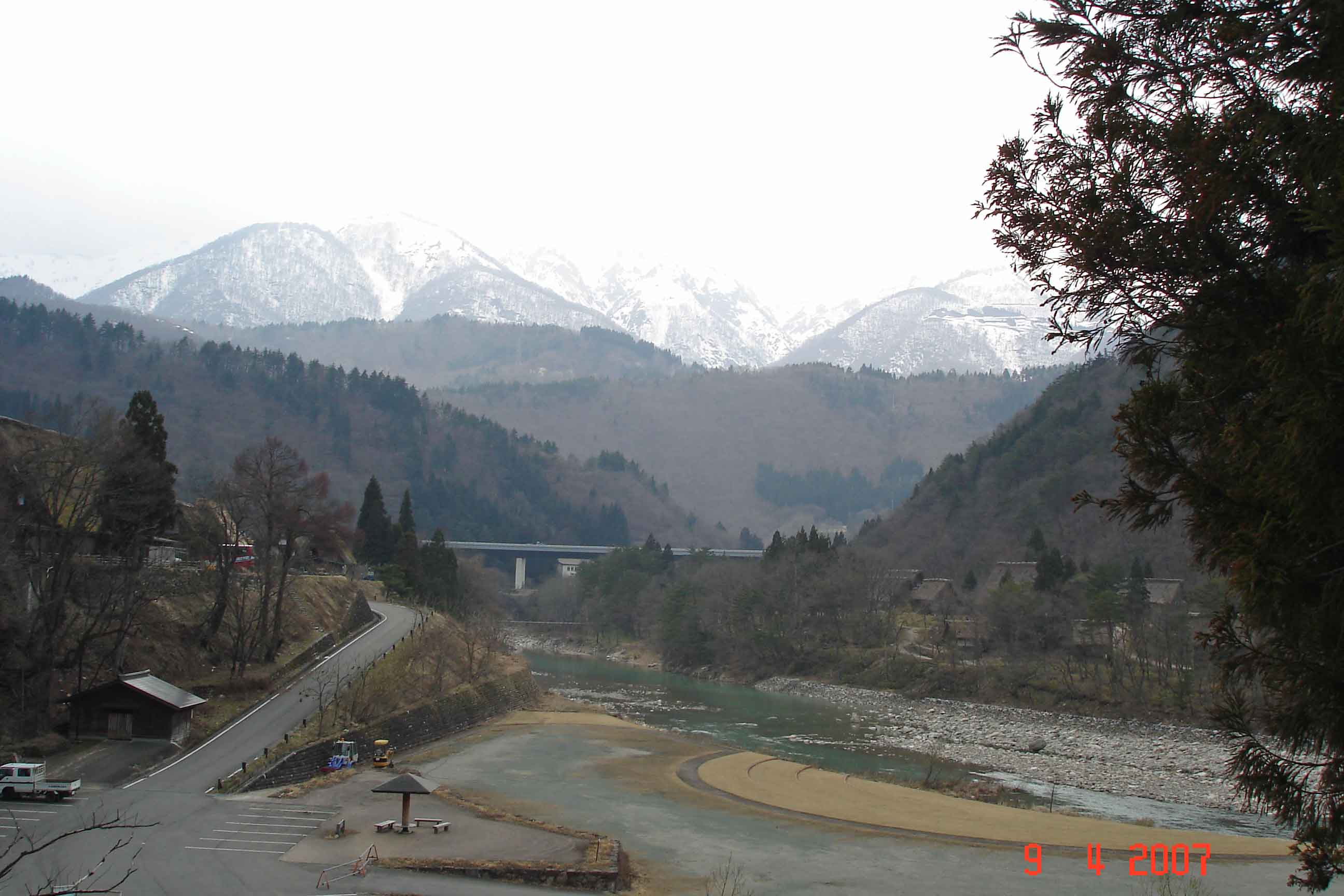
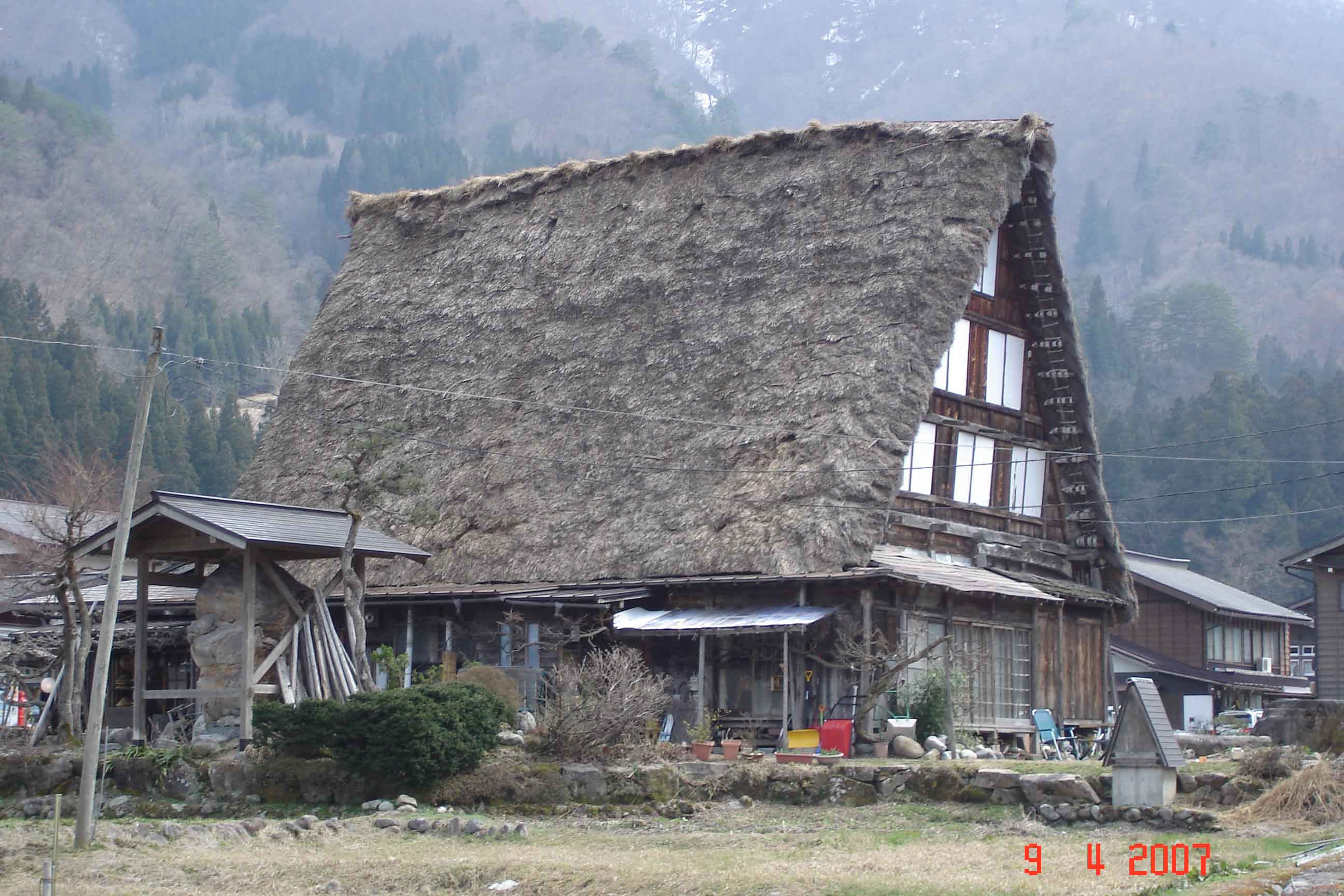
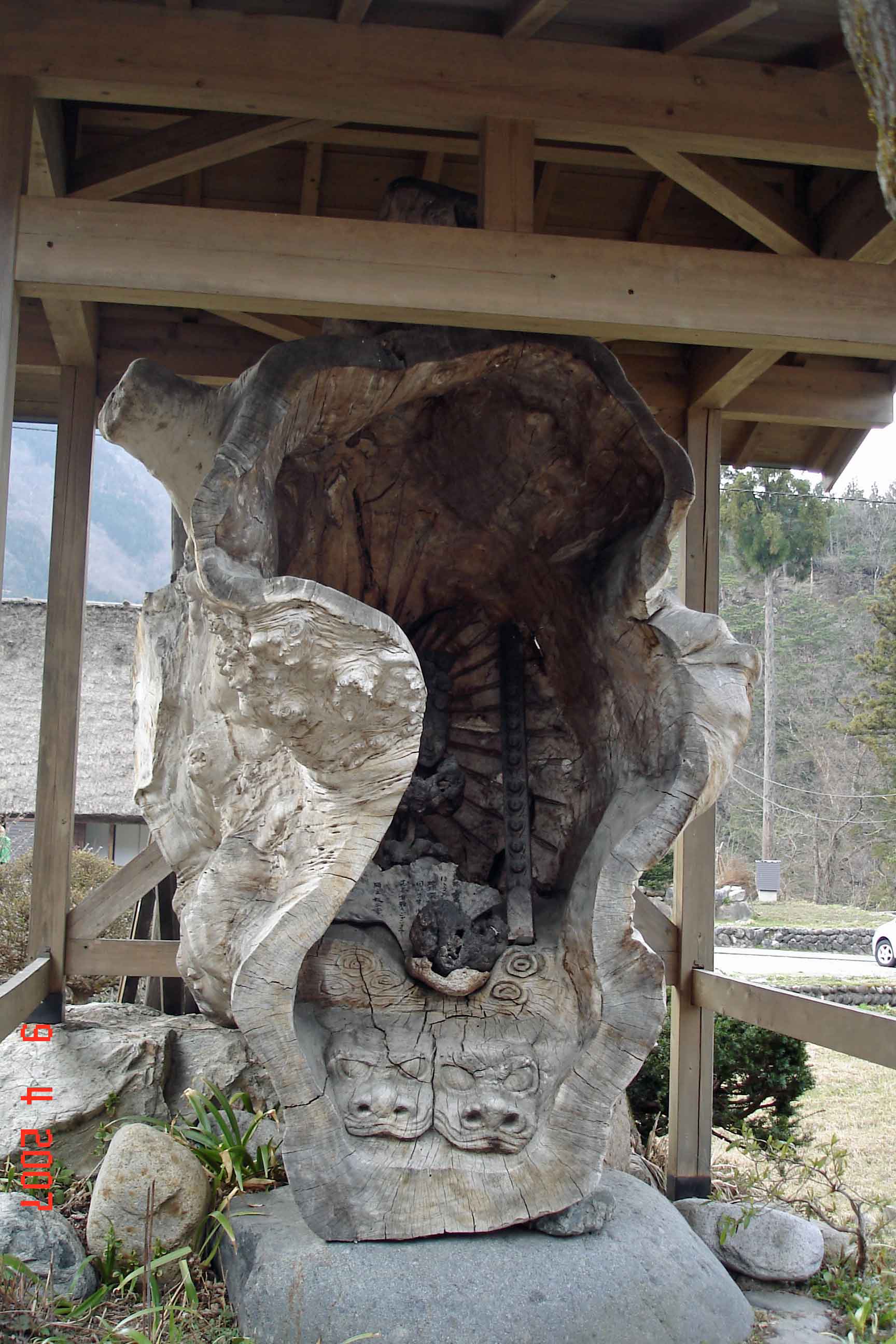
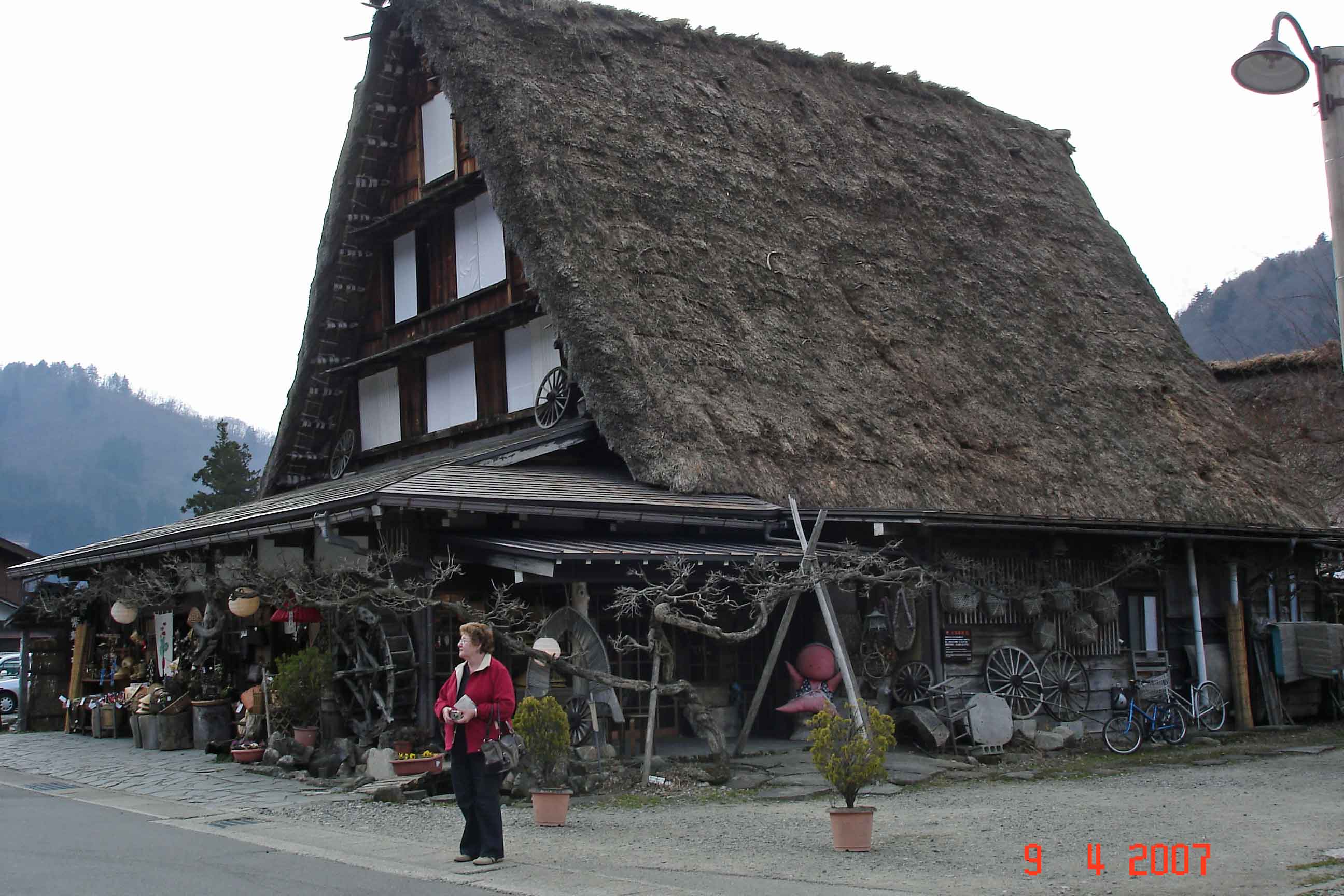
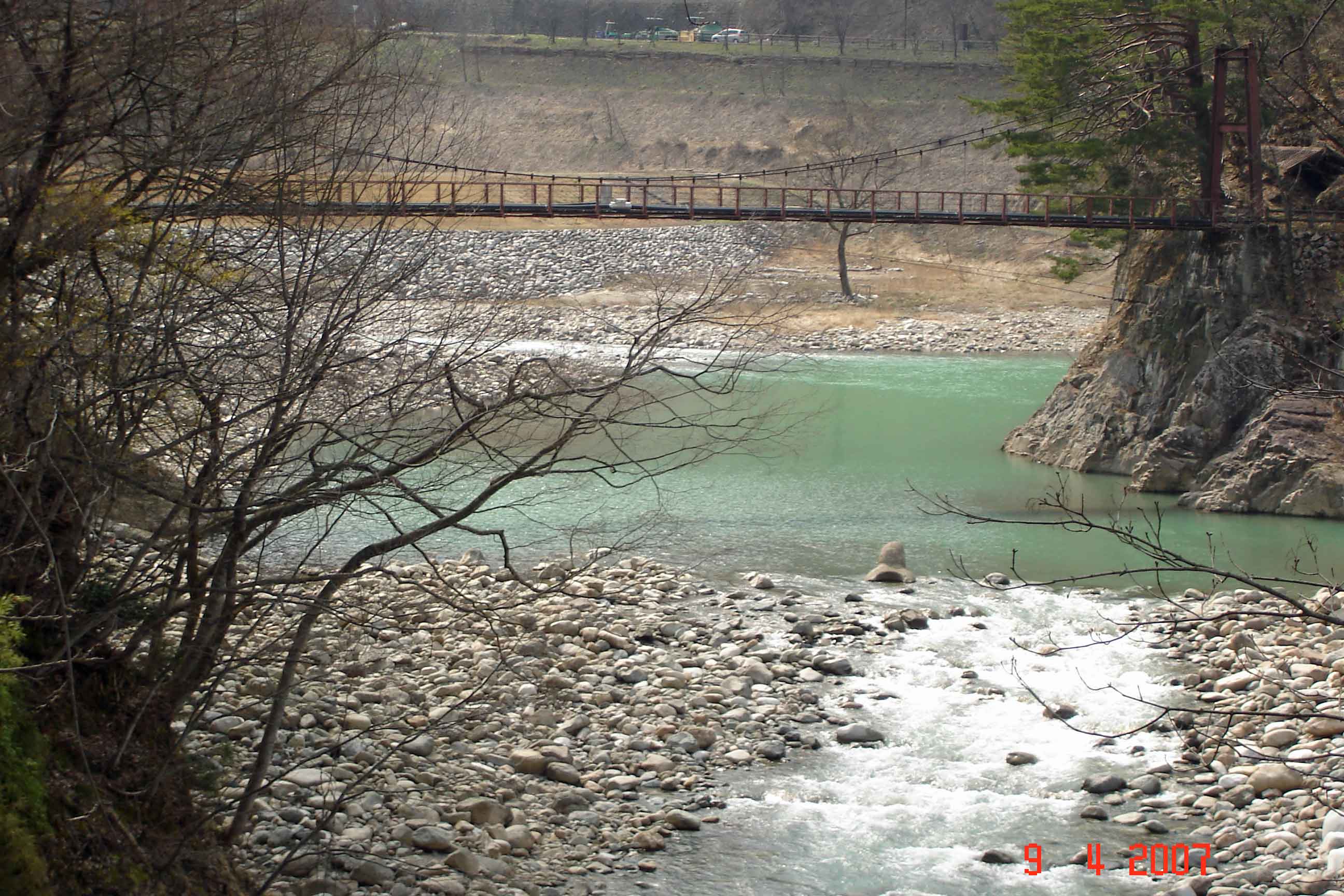
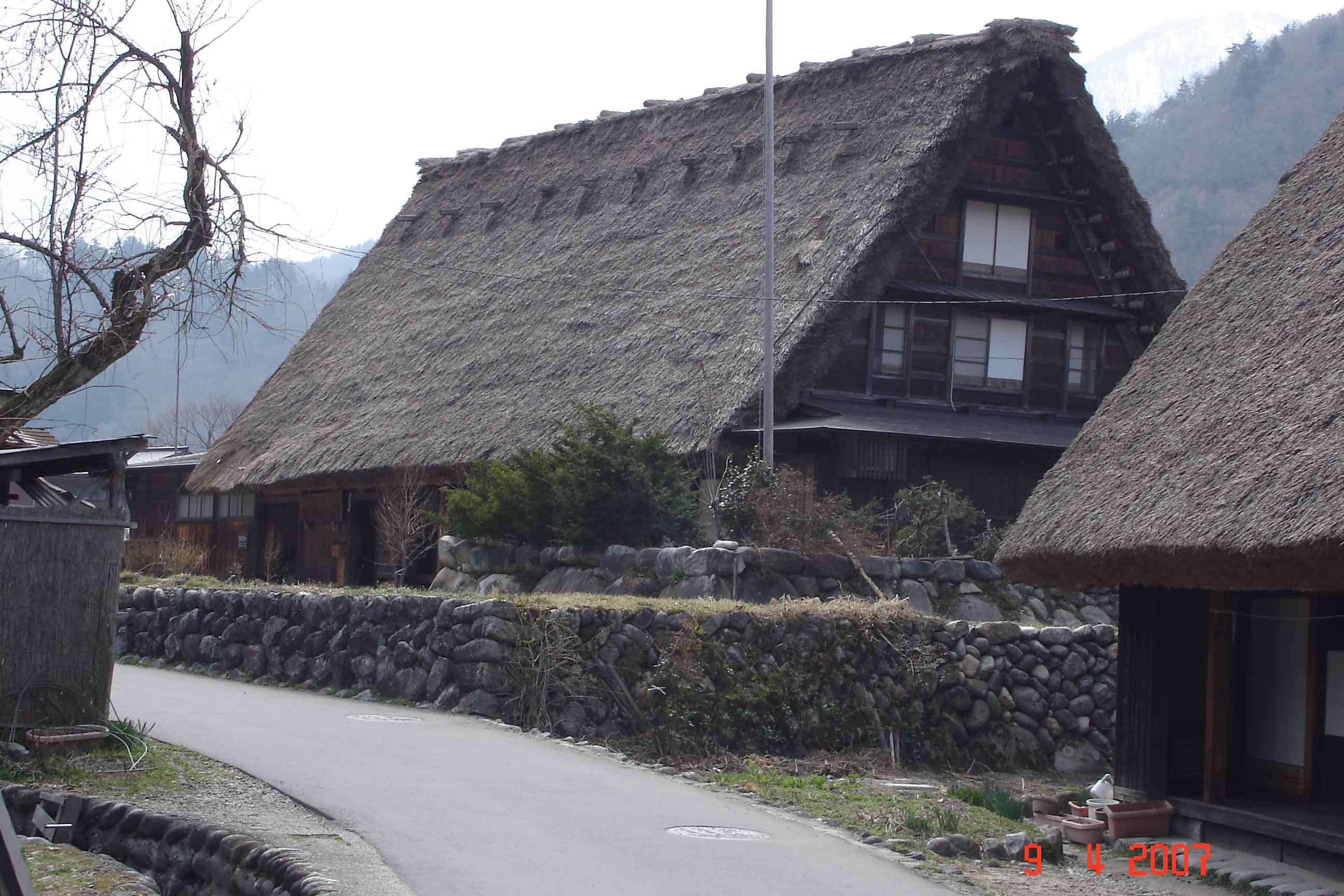
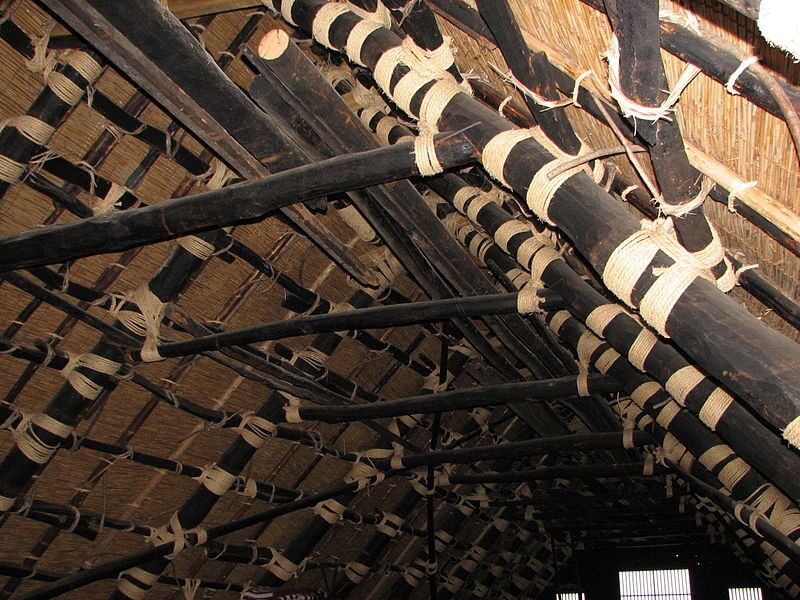
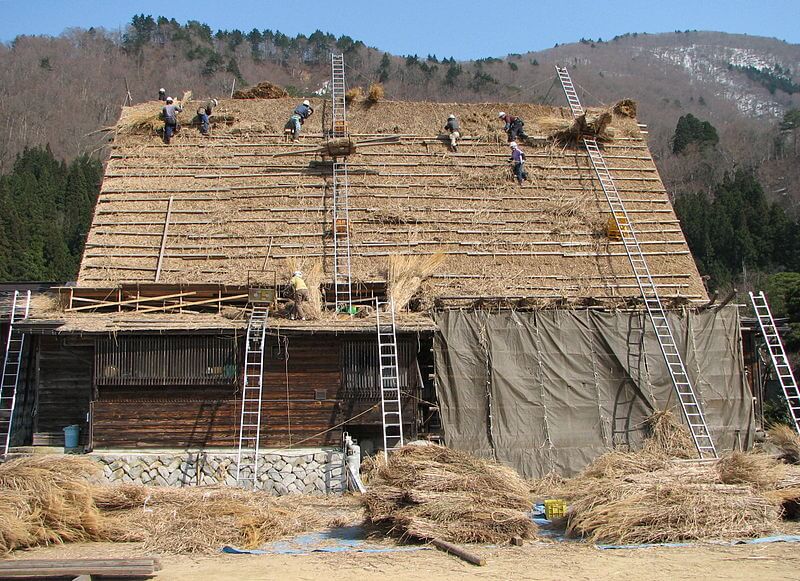
nice and very beautiful village….. I believe you will enjoy more than this in Nepal…
Hi Anwar, I’m sure trekking in Nepal would be an amazing experience. Thanks for dropping by. Lyn
wow.. this is such an amazing place. I do love Japan such a beautiful place and super nice traditions and culture. When i was little i really really want to go to Japan and see the cherry blossom tree. LOL.. anyway thanks for posting this blog 🙂 nice post form you.
Hi, I agree Japan has so much culture and tradition to offer and so many interesting places to visit. The cherry blossoms are beautiful,hope you get to visit. Thanks for you comment. Lyn
Amazing village, I love Japan such a beautiful place and its own culture, love japan from Nepal
Hi! Shirakawa-go village with their ancient A framed houses is a fascinating place to visit. Thank you for your comment.